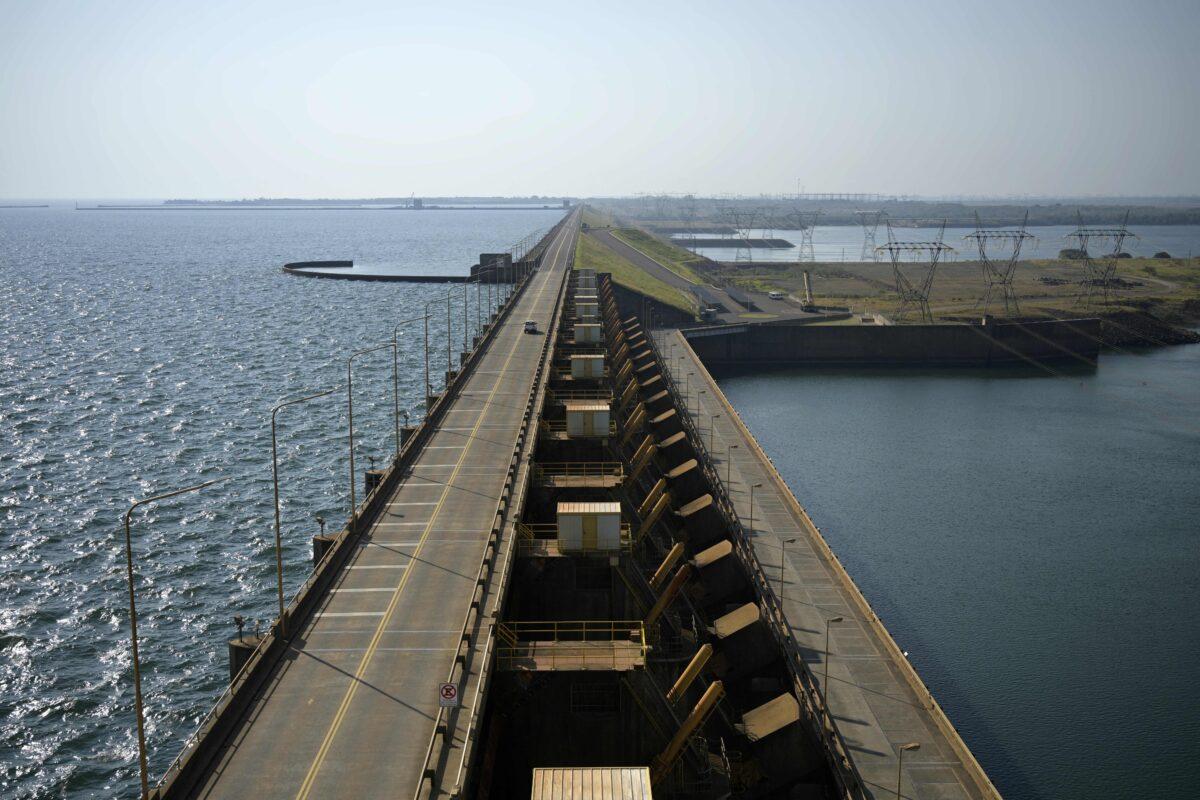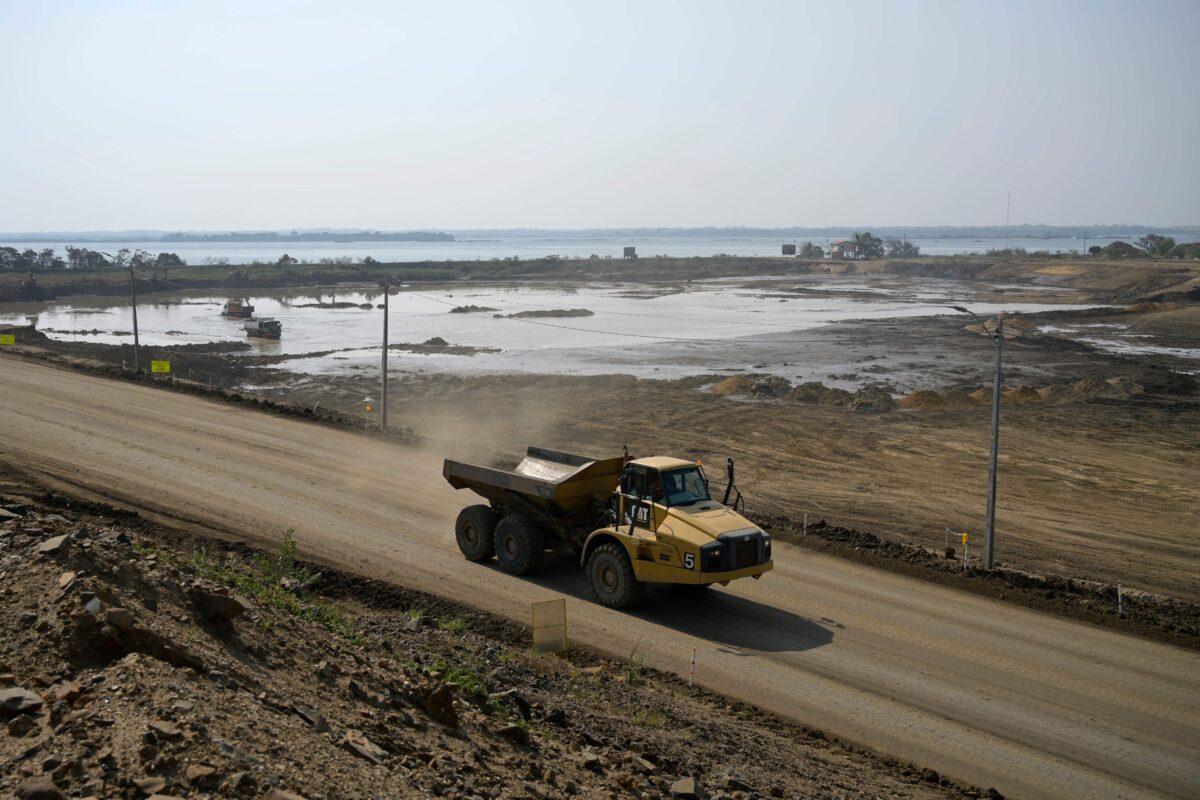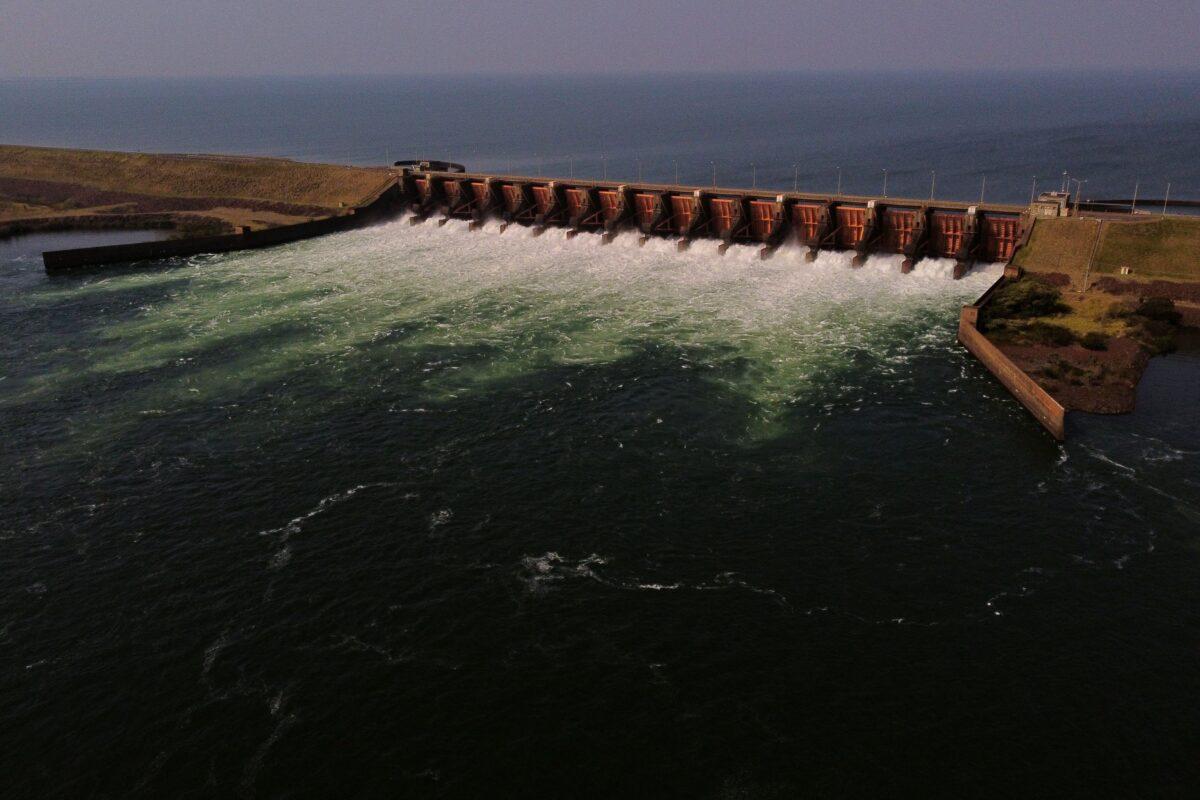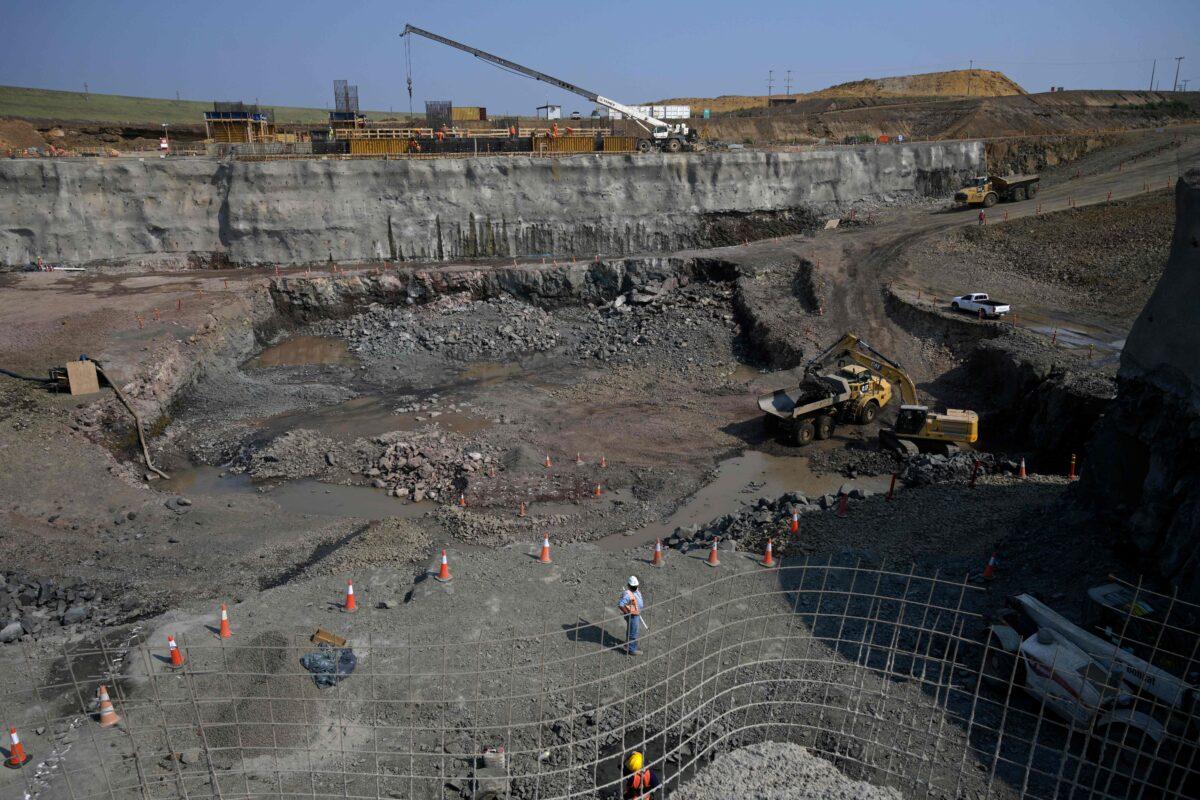SANTA CRUZ, Bolivia—With the electrification of the Bahia Negra plant on Dec. 29, the National Electricity Administration of Paraguay (ANDE) declared the nation now runs on 100 percent renewable electricity.
The transition of the Bahia Negra energy station marked a critical turning point, as it was the last thermal power plant in the country.
By 2018, the Itaipu dam alone produced 90.8 percent of the nation’s electricity.

During a ceremony at the Bahia Negra plant, President Abdo Benitez said the transition was “An unprecedented historical event.”
On Jan. 2, head of the ANDE Felix Sosa said, “We arrived with 100 percent clean and renewable electricity generation throughout the national territory, we met all our goals for the improvement of the electricity distribution network in 2021 and advanced with the implementation of technologies in the commercial system.”
Before its changeover to a renewable electric grid, Paraguay was heavily dependent on diesel imports.

Experiments to prove the viability of fully renewable power grids have grown in recent years across the globe.

This is particularly relevant for Paraguay, which derives all of its hydroelectric power from the Parana River, which is part of the greater Plata River Basin running through Bolivia, Argentina, Brazil, and Uruguay.
Analyst Fernando Menendez posed the question, “So what happens when the climate doesn’t cooperate?”
When it comes to power grids, energy finance executive Harshit Chatur says it’s important to find the balance between the utilization of renewables and fossil fuels while keeping cost and pollution low, all while ensuring reliable power.

Chatur doesn’t think the answer is so simple, especially given the unpredictable nature of renewables.
Menendez pointed out Paraguay lacks a lot of heavy industries, so expanding its hydroelectric capacities makes sense. However, he also questions whether green technologies will help underdeveloped countries advance economically.
“Part of sustainability is having a long term plan behind it,” he said.
Governor of Alto Paraguay, Jose Domingo Adorno, highlighted this achievement will help develop communities and said, “It’s a historic day for us and it was a dream long cherished by everyone, of having clean and renewable energy.”





